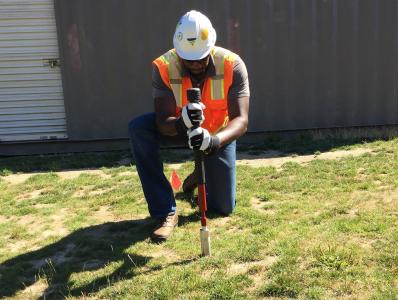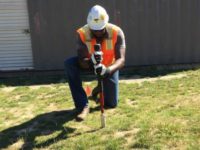Farallon has been leading an investigation to evaluate releases of per- and polyfluoroalkyl substances (PFAS) in the Lower Issaquah Valley in Washington State. Following initial detections of perfluorooctanesulfonic acid (PFOS) and perfluorooctanoic acid (PFOA) in drinking water by the U.S. Environmental Protection Agency Unregulated Contaminant Monitoring Rule sampling program, Farallon has worked with both state and local agencies to evaluate historical uses of PFAS in the Lower Issaquah Valley and the potential migration pathways from shallow points of release to deeper groundwater-bearing zones that are used for a drinking water resource. Research indicated that historical training exercises with aqueous film forming foam (Class B firefighting foam) was one of the primary potential release mechanisms within the Lower Issaquah Valley. This information was used in coordination with stakeholders to develop a comprehensive field investigation program for PFAS releases to shallow soil, shallow groundwater, and deeper groundwater-bearing zones.
“This PFAS field investigation has required additional planning and coordination to ensure that stakeholder goals were achieved, and that data collection met strict quality control and quality assurance objectives while sampling for target compounds in soil and groundwater with concentrations in the parts-per-billion to parts-per-trillion concentration range” says Principal Hydrogeologist Eric Buer.
Farallon worked with analytical laboratories to refine a process to evaluate the direct contact with PFAS-impacted soil exposure pathway using multi-incremental sampling methodology. Farallon also performed discrete sampling for soil, reconnaissance groundwater, and groundwater. As of 2019, scoping for additional characterization of PFAS transport pathways and seasonal trends in subsurface conditions is underway. Identification of remedial alternatives with existing data is in progress, with a goal of completing an evaluation of feasible cleanup alternatives that will meet stakeholder remedial action objectives before the end of 2021.



